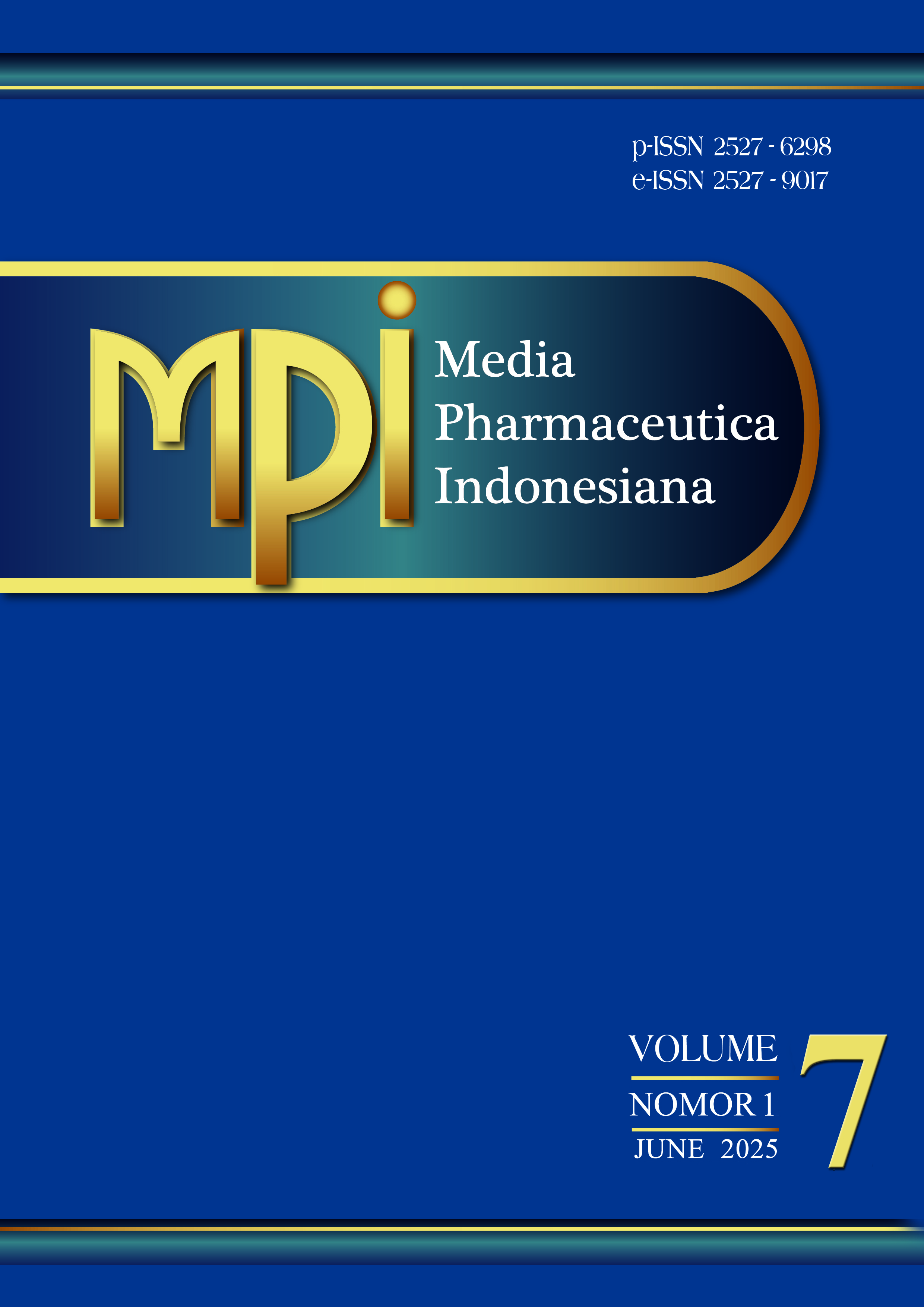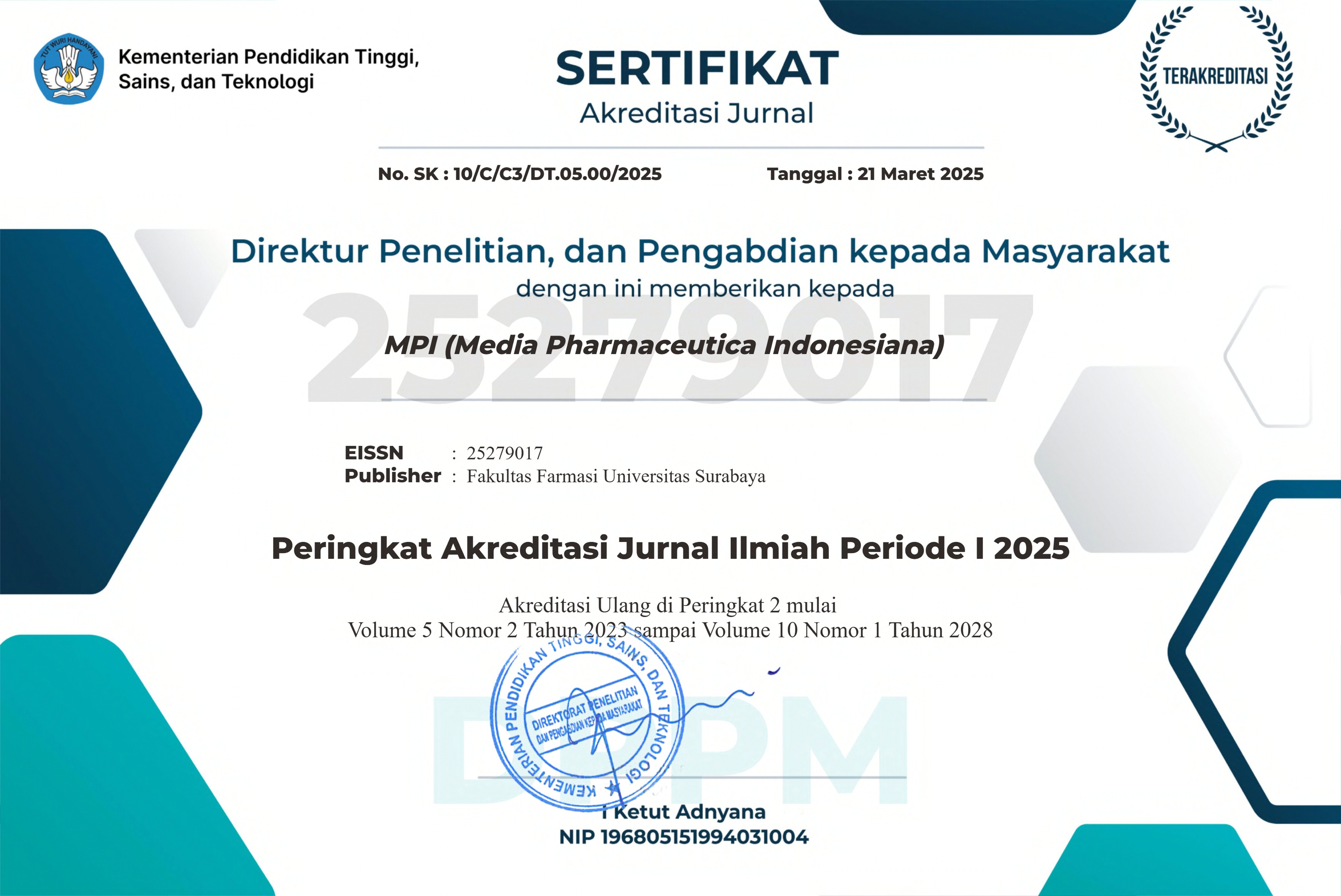Development of A Self Nanoemulsifying Drug Delivery System for Atenolol using Soybean Oil, Olive Oil and Virgin Coconut Oil
 Abstract Views:
245 times
Abstract Views:
245 times
 PDF Downloads:
217 times
PDF Downloads:
217 times
Abstract
Oral formulations remain the primary method of drug delivery, however, the solubility and lipophilicity of compounds such as atenolol present significant obstacles. Atenolol, a β1-selective antihypertensive agent, exhibits limited solubility in both aqueous and gastrointestinal environments. Atenolol is developed in a lipid-based delivery system, specifically the Self-Nanoemulsifying Drug Delivery System (SNEDDS), to enhance its bioavailability and resolve this issue. SNEDDS can improve drug solubility by generating spontaneous nanoemulsions in the gastrointestinal tract. This study aims to evaluate and improve the main components of SNEDDS, specifically oil, surfactant, and co-surfactant, according to the parameters of % transmittance, polydispersity index (PI), and zeta potential. The research findings suggest that the nine formulas have not yet achieved the optimal attributes concerning clarity and durability against dilution. Differences in oil types and amounts of surfactants and cosurfactants influence droplet size, polydispersity index, and zeta potential. Formulas 2 (soybean oil), 7, and 9 (olive oil) exhibit physicochemical parameters that meets the criteria and possess potential for further advancement.
Submitted: 10-04-2025, Revised: 22-04-2025, Accepted: 07-05-2025, Published regularly: June 2025
Downloads

This work is licensed under a Creative Commons Attribution-ShareAlike 4.0 International License.
Articles published in MPI are licensed under a Creative Commons Attribution-ShareAlike 4.0 International (CC BY-SA) license. You are free to copy, transform, or redistribute articles for any lawful purpose in any medium, provided you give appropriate credit to the original author(s) and MPI, link to the license, indicate if changes were made, and redistribute any derivative work under the same license.
Copyright on articles is retained by the respective author(s), without restrictions. A non-exclusive license is granted to MPI to publish the article and identify itself as its original publisher, along with the commercial right to include the article in a hardcopy issue for sale to libraries and individuals.
By publishing in MPI, authors grant any third party the right to use their article to the extent provided by the CC BY-SA license.

 DOI:
DOI:










